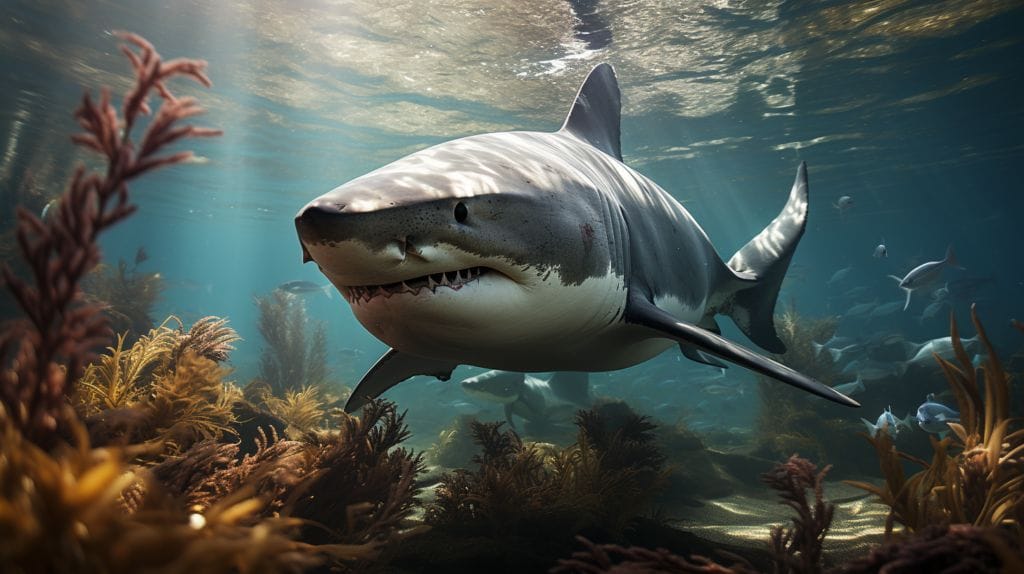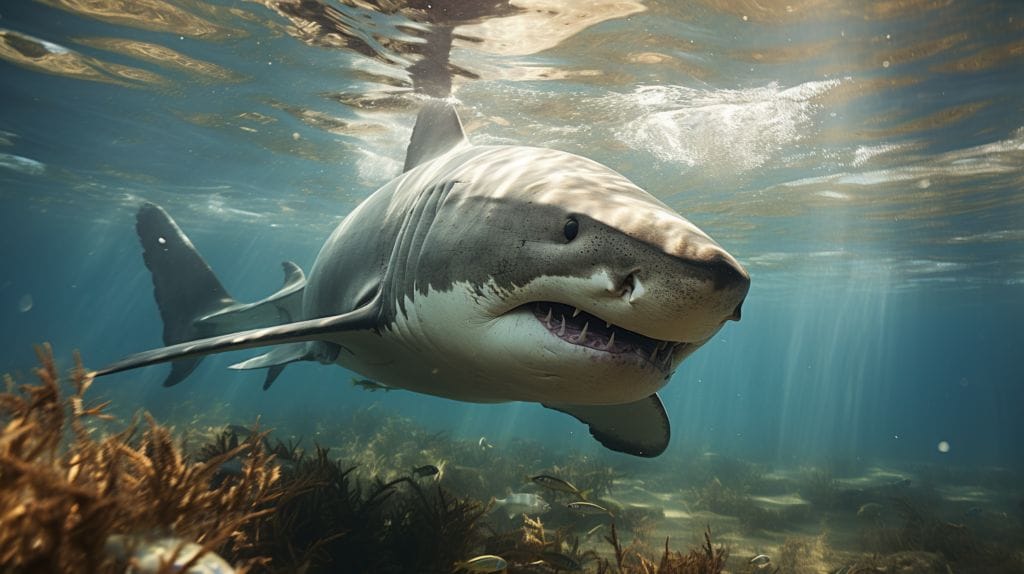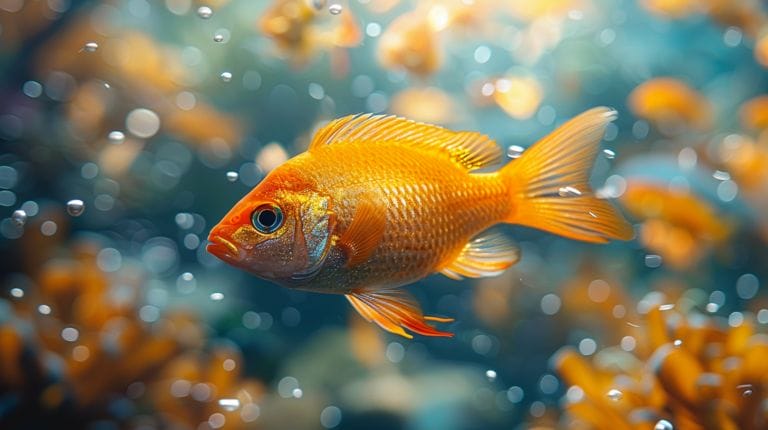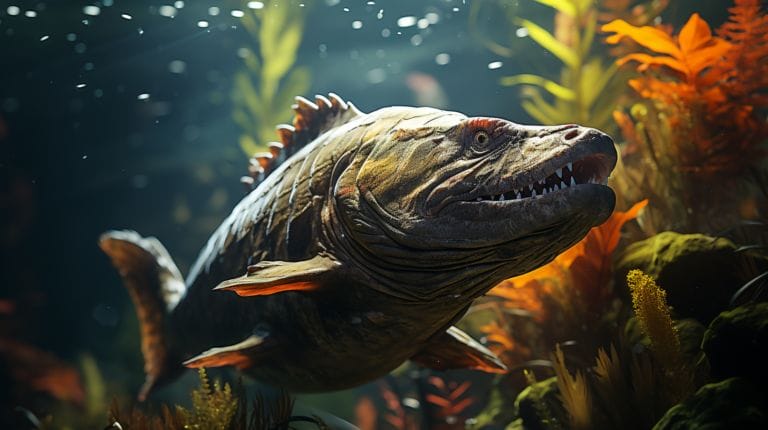Can Bull Sharks Survive in Freshwater: Unravel the Mystery
Isn’t it intriguing to discover that bull sharks, often associated with great white sharks in the open ocean, might also survive comfortably in brackish and freshwater environments, despite the varying levels of urea concentration that they tolerate?
As we embark on this journey, we’ll discover how these formidable creatures adapt to seemingly hostile habitats. We will study their exceptional physiological adaptation to varying salinity levels, discuss their widespread geographic distribution, including freshwater environments like the Amazon River, and recount some notable encounters with humans.
Get ready to explore the expert’s report reviewing the surprising survival of bull sharks or carcharhinus leucas, particularly those inhabiting the coastal waters of Australia, in freshwater.
Key Takeaways
- Bull sharks have unique adaptations that allow them to survive in both saltwater and freshwater environments.
- Fish, specifically bull sharks, show an adaptation to survive in various freshwater habitats around the world, including lakes and rivers.
- Bull sharks have been involved in notable sightings and shark attacks in freshwater, often surprising people due to their adaptability.
- The danger of bull sharks in freshwater is increased compared to the sea, as their behavior can be unpredictable and catch people off guard.
Introduction: Bull Sharks and Their Unique Habitat Preferences

Remarkably, bull sharks are one of the few shark species that have successfully adapted to both saltwater and freshwater environments. This unique trait of theirs allows bull sharks to shift between oceans, rivers, and lakes, embracing an unbounded lifestyle that other sharks are unlikely to have. Their adaptability and resilience to survive even in Gulf of Mexico, are traits we often admire and strive for in our pursuit of freedom, much like how sharks can survive in freshwater.
Bull sharks’ rare ability to survive in fresh waters expands their territory and provides access to a wider range of prey. Bull sharks can survive in both salty and fresh water, a special physiological trait allowing them to regulate their bodily fluids enabling survival in environments that would be inhospitable to other fish species.
The Body Adaptations that Enable Bull Sharks to Survive in Freshwater

One key physiological adaptation is the role of the kineys. Whether in the vast expanse of saltwater or in the inland freshwater rivers and lakes, bull sharks’ kidneys retain salt, but it is in freshwater that they display an exceptional adaptation to expel excess water while retaining crucial salts and other substances.
Their ability to maintain a salt balance, just like how turtles regulate their body functions, even inland in freshwater environments is another critical scientific adaptation bull sharks have developed.
Bull sharks, as known predators, can adjust their salt uptake and excretion based on their surrounding environment in both south areas and Africa, allowing them to move freely between salt and fresh water without suffering physiological harm.
These internal adaptational strategies are proof of the bull shark’s survival abilities as a predator and of nature’s unparalleled capacity for resilience and adaptability.
The Geographic Distribution and Habitats of Freshwater Bull Sharks

Marine biologists have concluded that bull sharks inhabit locales around the globe, with a preference for freshwater lakes and rivers, such as the Amazon River in South America.
Significant populations of bull sharks, which can live in fresh water, can be found in Lake Nicaragua, Central America, and the Mississippi River in North America, where they have been spotted as far upriver as Illinois. Tagged bull sharks display a propensity to travel between freshwater and marine environments, exploiting habitats from estuaries to the open ocean, and back to inland freshwater lakes and rivers.
Notable Sightings and Shark Attacks Involving Bull Sharks in Freshwater

Notable encounters with bull sharks in freshwater include the 1916 New Jersey shark attacks that inspired the novel ‘Jaws’ and the discovery of bull sharks in the Mississippi River, over a thousand miles from the ocean. Other incidents include a bull shark caught in the Potomac River in 2005, attacks in Lake Nicaragua in the late 1980s, and a sighting in the Brisbane River in 2011.
These incidents highlight the bull shark’s adaptability. Their ability to thrive in both saltwater and freshwater environments serves as a reminder to always be cautious about the power and the unpredictability of these sharks that can live in fresh water.
Why Bull Sharks May Be More Dangerous in Freshwater than in the Sea

As per expert reports, it’s vital to comprehend the heightened risk posed by bull sharks having an aggressive reputation, in freshwater relative to coastal waters. Their unpredictability in freshwater and brackish conditions, possibly due to changes in urea concentration, makes bull sharks a greater threat than in saltwater conditions in places like the lake in Central America.
In freshwater environments, where we are less prepared for a potential shark encounter, the element of surprise can make bull shark encounters potentially more dangerous, especially due to the unexpected attacks on humans. So, staying alert and aware is crucial for our safety.
Conclusion
The ability of bull sharks to survive in both freshwater and seawater is remarkable. Occasionally being mistaken for a turtle, they can be aggressive; still, most interactions with bull sharks and humans are accidental. However, their occasional presence in freshwater bodies around South Africa can pose a greater threat due to potential frequent encounters with humans.
These creatures’ ability to tolerate diverse environments, displaying adaptability and resilience demonstrates nature’s remarkable ability to survive. Despite challenges like habitat loss and overfishing, bull sharks, which are known to hunt in shallow waters, continue to thrive against odds.
Can Bull Sharks Thrive in Freshwater Environments Similar to Other Fish?
Bull sharks possess a remarkable ability that sets them apart from other fish. They have the capability to survive in both freshwater and saltwater environments, making them one of the few species of fish adept at living in such varied conditions. Unlike other fish, bull sharks can thrive in both environments without fear of suffocating out of water.
Frequenly Asked Questions
Can bull sharks survive in freshwater?
Yes, bull sharks are known for their ability to survive in both saltwater and freshwater. They have a unique osmoregulation system that allows them to adapt to various levels of salinity in water.
Where can bull sharks be found in freshwater?
Bull sharks have been found in rivers and lakes across the world, including the Mississippi River, Lake Nicaragua, and the Brisbane River in Australia. They can thrive in freshwater environments, making them one of the most adaptable shark species.
Are bull sharks more aggressive in freshwater?
There is a common misconception that bull sharks are more aggressive in freshwater, but there is no scientific evidence to support this. Like in saltwater, bull sharks in freshwater are opportunistic feeders and may exhibit aggression if provoked or threatened.
How long can bull sharks survive in freshwater?
Bull sharks can stay in freshwater for extended periods, sometimes even for several years. However, they may eventually return to the coast or estuaries due to factors such as food availability or mating opportunities.
What is the significance of bull sharks in freshwater ecosystems?
Bull sharks play a crucial role in maintaining the balance of freshwater ecosystems by controlling the population of prey species. Their presence in rivers and lakes helps regulate the abundance of fish and other aquatic organisms, contributing to overall biodiversity.







